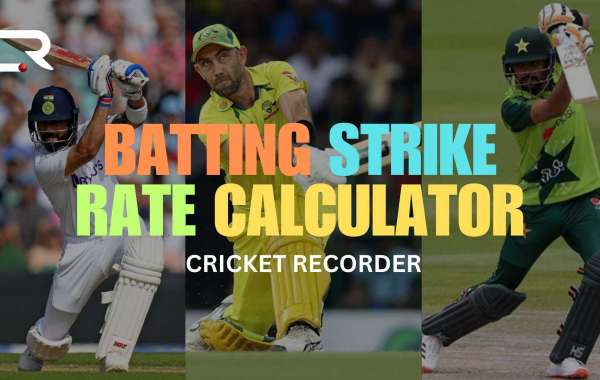Though this word has different meanings for batsmen and bowlers, it is employed for both. This article will clarify the significance of strike rate in cricket, especially for batsmen and how a batting strike rate determines the performance of a player. You will get to know what is strike rate in cricket and everything else related to the same.
Understanding the significance of "Batting Strike Rate"
Strike rate meaning in simple terms, is a number which also goes into decimal values and tells people of the pace at which the batter scores runs. There is a specific formula which is used to calculate the batting strike rate of the batter.
Total Runs Scored / Total Balls Faced x 100.
This figure reflects the average runs a hitter scores every 100 balls faced. Let’s imagine that there is a player who has taken 25 balls to score 50 runs. This batter would have a strike rate of 200 using the formula given above, and the strike rate determines that the batter has a fast and aggressive hitting tempo.
Importance of Strike Rate in Different Formats
Along with knowing how to calculate strike rate, you should also know about the role of this number in different formats of the game.
- Test Cricket: This longest format emphasises patience, ability, and crease occupation over quick runs. A lower strike rate is not always a bad thing here.
- One Day Internationals (ODIs): Middle and lower-order hitters must have a good strike rate to hasten scoring in the last few innings.
- T20 Cricket: The strike rate is most important. In this style, which moves quickly and in which every ball counts, a high strike rate is often more important than a high batting average.
Bowling Striking Percentage
However, a bowler’s strike rate is different from that of a batter. The bowling strike rate determines the ability of a bowler and the number of balls that they need to take a wicket. The equation to calculate the bowling strike rate also differs from that of batting.
Bowling Strike Rate = (Total Balls Bowled / Total Wickets Taken)
One of the most important measures of a player's impact on the game in contemporary cricket, particularly with the growth of T20 leagues and limited-overs competitions, is strike rate—that is, the frequency of strikes. Whether you're analysing a blistering T20 knock or a bowler's match-winning spell, strike rate offers insightful information on performance effectiveness.






